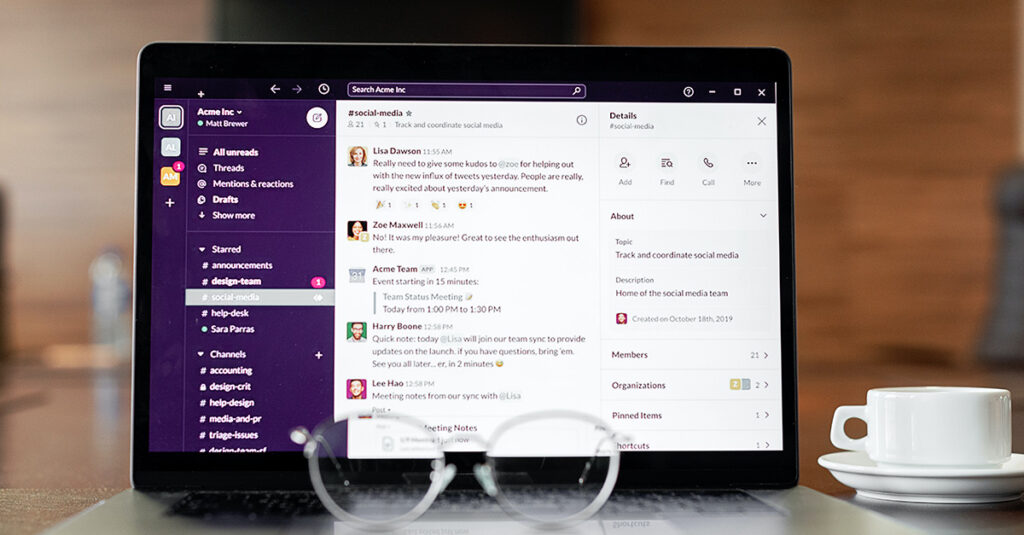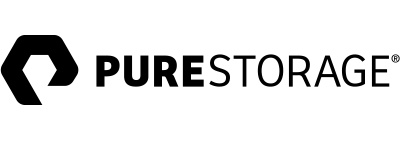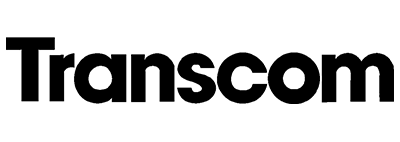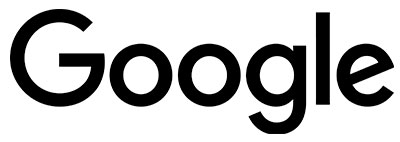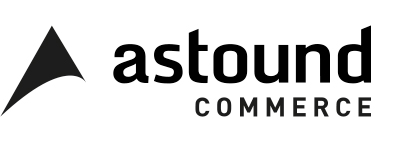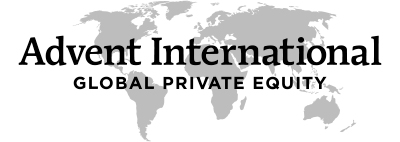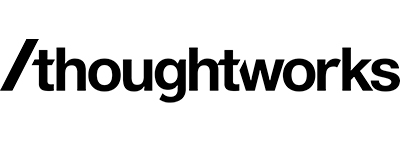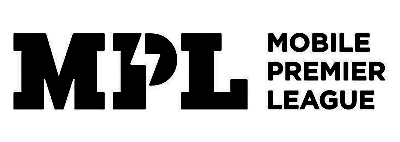A 550 person Fintech company with offices in London and New York spotted an issue with their pulse engagement scores from a survey. They were continuously decreasing over the course of a number of months, particularly on questions relating to working hours.
The leadership team had been using surveys for a number of years to capture the voice of the employees and ensure their policies were improving the culture. They had been running pulses for 9 months and various attempts to improve the questions were led by HR. A number of problems were identified and Friday summer hours, company holidays, socials, subscription to mental health app Calm, and regular check-ins were implemented.
It wasn’t seeming to register or help the problem. The surveys were important, but the 90 days between feedback and new policy was too long and not dynamic enough to help.
They were aware that they were heavy Slack users and relied upon the platform for almost all of their communication and collaboration efforts (both internally and externally). The company had no real insights as to how the platform was being used. They found the standard analytics subpar and weren’t getting the insights they needed, which only gave them information on volume. With such a reliance on Slack, they understood there must be a correlation to its use and working patterns of employees, they just had no real data to show.
They had 2 options, either build their own analytics solution or find an external provider. From a resource standpoint, building their own was going to be far too expensive and take a long time to get up and running. This is why they came to us.
The Fintech wanted to utilise our Slack insights product (
Slack Intelligence) to pinpoint with the real-time data the correlation between their employees constantly giving decreasing feedback to questions relating to working hours and Slack activity.
After hearing feedback including,
“I feel like I’m working longer hours now remote than I was in the office.” They were especially interested in our ability to surface Slack Activity Hours. Meaning for the first time ever, the client could understand when Slack is most and least active – all surfaced in real-time.
They installed
Slack Intelligence in just a couple of minutes, selected the channels they wanted to be part of the pilot, which was primarily project-based and they were up and running.
Firstly, they had to get an understanding of the current normal usage so they needed to get a baseline. This meant they just did nothing for 10 working days to allow the data to propagate. The experience didn’t change at all for the employees, they use Slack as normal.
Once they had the baseline, they could now use our platform to dig deeper. The client also connected Azure AD to our platform which brought company demographics to the data. This meant they were able to filter by a variety of demographics to try and pinpoint the root cause of employees feeling they’re working longer.
When they landed on employee level they uncovered something incredible interesting:
🕕 Senior Leadership were highly active between 6 and 7 pm
🕖 Mid Management highly active between 7 – 8 pm
🕗 Junior teams highly active between 7:30 – 8:30 pm
This was suggesting Senior Leadership’s working patterns were potentially at the route of a work-life balance problem. This took 2 weeks in total to understand where previously they had spent 9 months of surveys without getting data on this trend.
The company was continuing to work in a synchronous culture, with no clear guidelines on how they should use Slack. Junior and Mid-level employees felt as though they had to reply and get tasks completed almost instantly, despite working considerably past their typical working hours.
📆 They then proposed a 3-week trial for the organisation to be inactive on Slack past 6 pm unless business-critical.
The impact of this intervention, which utilised both survey and systems-based data, surpassed their expectations:
📉 84% decrease in overall activity after 6 pm.
✔️ No noticeable drop in productivity.
❓ The same question scored 7.6 rather than the previous 4.9
⌛ All done in space of 6 weeks.
The above is just a small window into what’s possible by utilising the data that already exists in your Slack. Most companies spend lots of resources on using every piece of data available to make the experience better and quicker for the customer, yet don’t do the same for their employees.
Surveys are important and we would always encourage our clients to speak with your employees, but the insight is time-bound and requires work to collect and interpret. Like any forward-thinking business, using data to drive decision-making should be paramount to success.
Allow your Slack to do what it does best and improve the employee experience.

